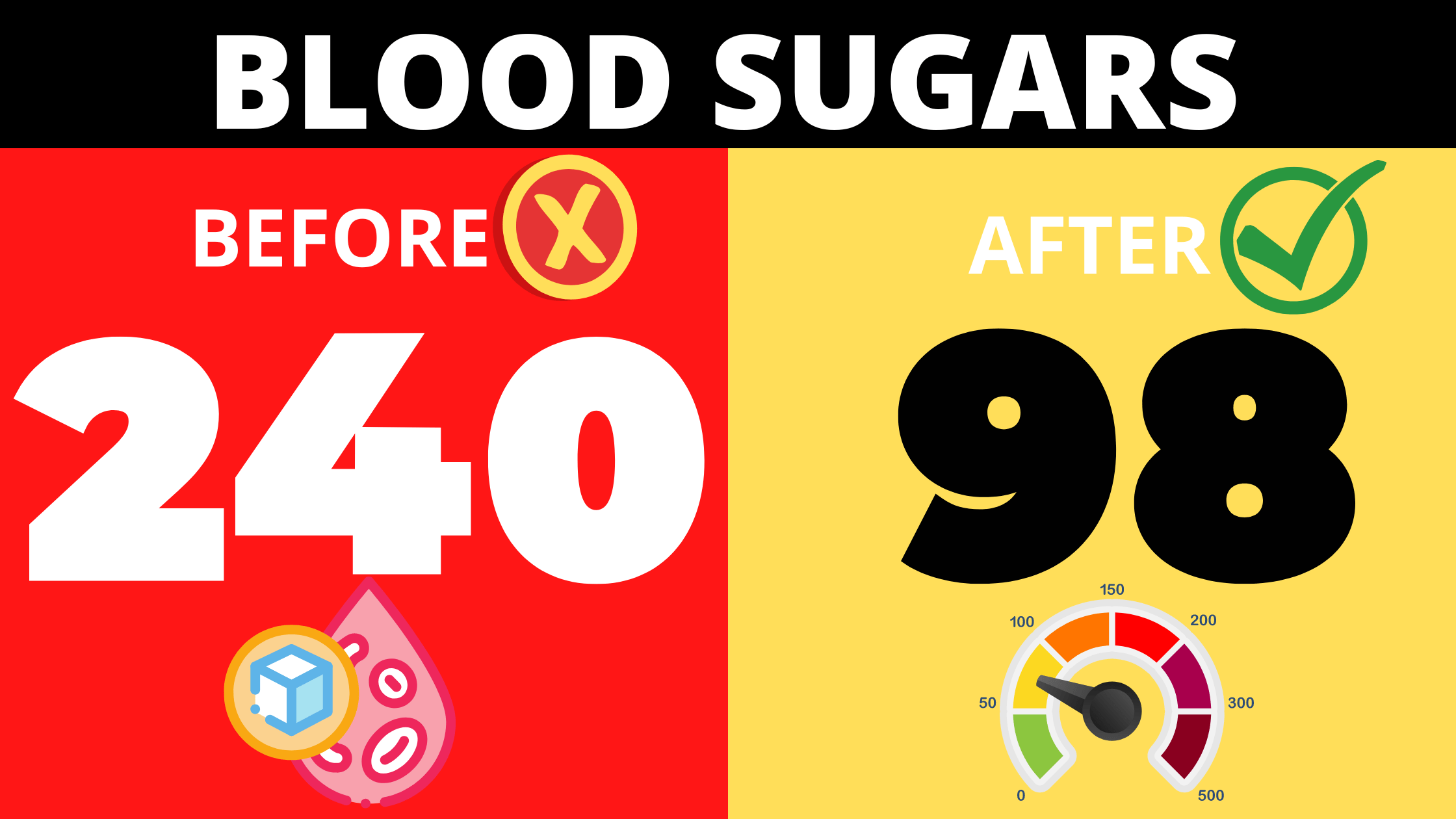A Principle:
The Glycemic Index is a principle developed at the University of Toronto in 1981. The function of the Glycemic Index is to measure the impact carbohydrates have on blood glucose levels. The Glycemic Index is necessary for anyone who needs to monitor their glucose level due to diabetes or hyperglycemia. With diabetes reaching epidemic levels in the United States, developing the Glycemic Index might not have come at a much better time. Each year, more people are diagnosed with this possible life-threatening illness that can cause numerous significant issues. Therefore, it is essential for anybody with this condition to acquaint themselves with the Glycemic Index so they can empower themselves and learn which foods need to be avoided.
Breaking Down Carb
Carbs are a diverse group of foods, and all have different methods of breaking down the system. Individuals with diabetes have a tough time breaking down certain foods, especially those high in carbs, in their system. As a result, people with diabetes are often advised to restrict their carb intake since it takes such a long time for most carbs to absorb.
Since it rates different carbs based upon their impact on the various levels of blood glucose, the Glycemic Index is convenient. Those foods that digest quickly trigger less harm to the system and have a low glycemic index. The carbs that take longer to absorb have a greater rate as they cause more damage to the blood sugar level.
How Glycemic Index Measures
The Glycemic Index varies from one to one hundred. A low food in the glycemic index has a rating of below 55. These consist of fruits, vegetables, entire grains, and some pasta. Foods that fall between the 56 to 69 range are considered “medium” in the Glycemic Index. They consist of candy bars, croissants, and some grains of rice.
Surprisingly, although sweet bar ratings in the medium glycemic index classification, it is not as damaging as those carbs that score in the high glycemic index variety. These include corn flakes, white rice, white bread, and baked potato. In other words, it is much easier for a person with diabetes to digest a sweet bar than a baked potato.
Knowledge of the glycemic index is essential for anybody with diabetes or who has been diagnosed as borderline diabetic. In addition, comprehending which foods have one of the most impacts on blood glucose levels is vital for anyone battling this possibly dangerous condition.
Categories of Carbs
Become familiar with the Glycemic Index to learn about the different categories of carbohydrates and which groups ought to be avoided if you or a loved one has diabetes. There is numerous alternative to carbohydrates that rank high in the Glycemic Index and are offered at a lot of grocery stores. While diabetes is currently without a remedy, there are several ways in which people with this disease can live long, productive lives.
The Glycemic Index aims to measure carbohydrates’ impact on blood glucose levels. The Glycemic Index is convenient because it ranks various carbohydrates based on their result on different blood glucose levels. Remarkably, although a candy bar scores in the medium glycemic index classification, it is not as damaging as carbs that score in the high glycemic index variety.
Great Glycemic Foods
The Glycemic Index identifies how long certain carbohydrates take to break down and digest in the system. The great glycemic foods, those with the lower rates, are better. Not just diabetics but those who enjoy their carb consumption through diets like the South Beach Diet must also be conscious of the excellent glycemic foods.
Excellent glycemic foods tend to absorb gradually into the system, enabling the body to break down the refined sugars and starches so that the body can absorb them correctly. Unfortunately, individuals with Type I and Type II diabetes have difficulty digesting carbohydrates, especially those high in the glycemic index. This lack of proper food digestion makes it difficult for people with diabetes to expel glucose from their blood. While many people with diabetes are wise to prevent most, if not all, carbohydrates, as these are the toughest to break and digest down, particular carbohydrates are better than others for people with diabetes to consume.
Great glycemic foods tend to have a low rating on the Glycemic Index established in 1981 at the University of Toronto. Excellent glycemic foods are still carbs. However, they make it simpler for the person with diabetes to digest and are much healthier and more effective than those glycemic foods with high ratings on the Glycemic Index. Therefore, replacements are offered for foods that rank high on the Glycemic Index and are commonly available in supermarkets and supermarkets.
Low Glycemic Foods
Some foods that rate short on the Glycemic Index include most fruits and vegetables. However, fruits and vegetables contain sugar. The sugars in these excellent glycemic foods absorb into the system at a lower rate and offer essential nutrients to the person with diabetes or practically everyone. The only vegetable that a person with diabetes should avoid is a potato, as it has a high glycemic index. Other vegetables and fruits, however, are preferable to white rice, white bread, corn flakes, and anything made with white refined sugar or flour.
Other excellent glycemic foods include wholegrain bread and pasta. Basmati rice is also thought about as one of the good glycemic foods.
Frequently, it is not a matter of eliminating carbohydrates when one utilizes a diet plan to control their diabetes but comprehending which carbohydrates rate high up on the glycemic index. Diabetes is an illness that can be managed by proper diet, keeping an eye on one’s blood glucose, and following medical professionals’ orders as far as medication.
The good glycemic foods, those with the lower rates, are preferable not only for diabetics but for those who see their carb intake through such diets as the South Beach Diet. They should also be aware of what excellent glycemic foods are.
In Conclusion
Great glycemic foods tend to have a low score on the Glycemic Index developed in 1981 at the University of Toronto. Excellent glycemic foods are still carbs but make it easier for the diabetic to absorb and are much healthier and preferable than those glycemic foods with high ratings on the Glycemic Index.



